Common harmonic sequences and their analysis with scale choices.
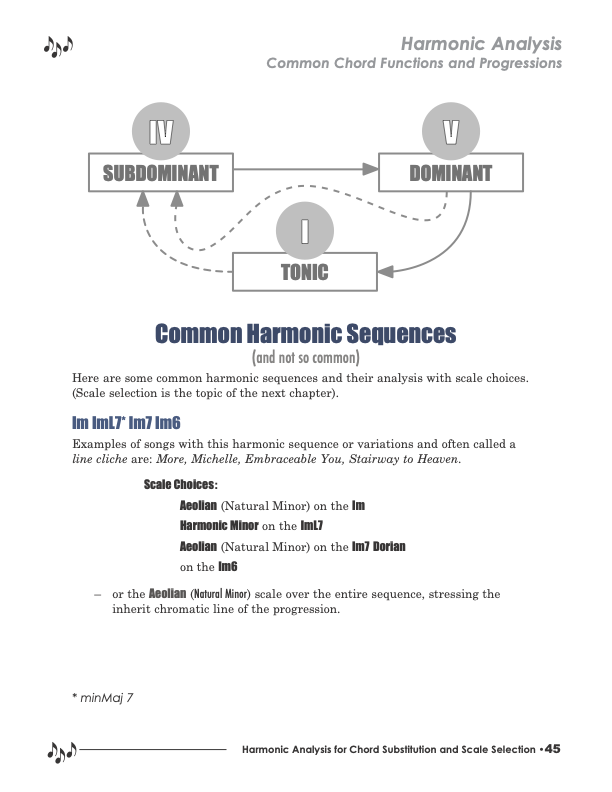
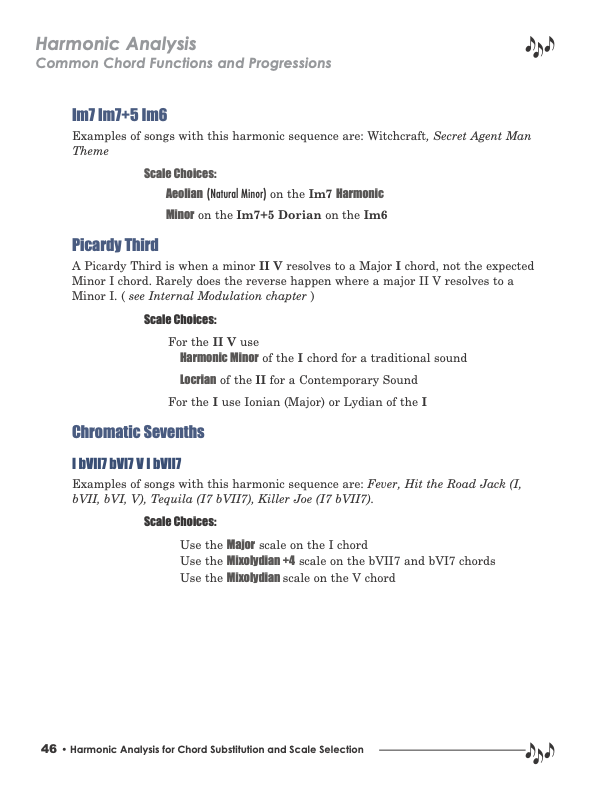
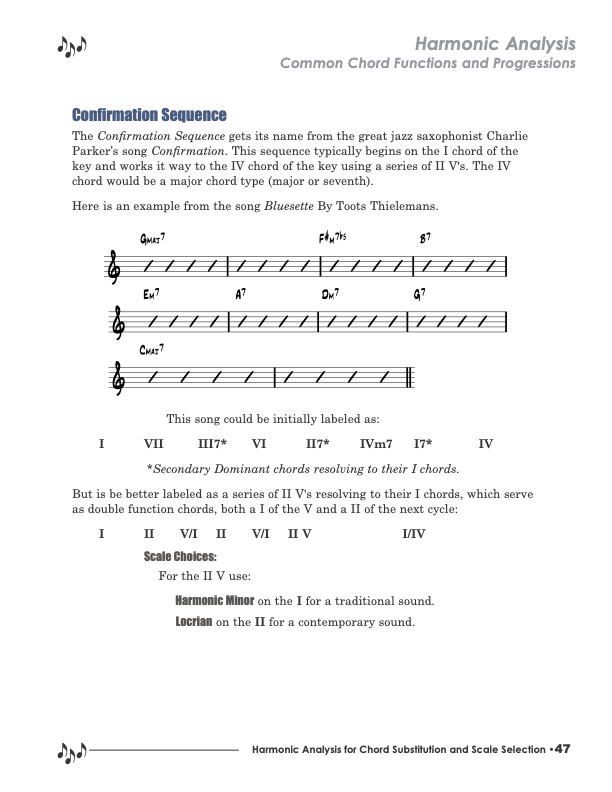
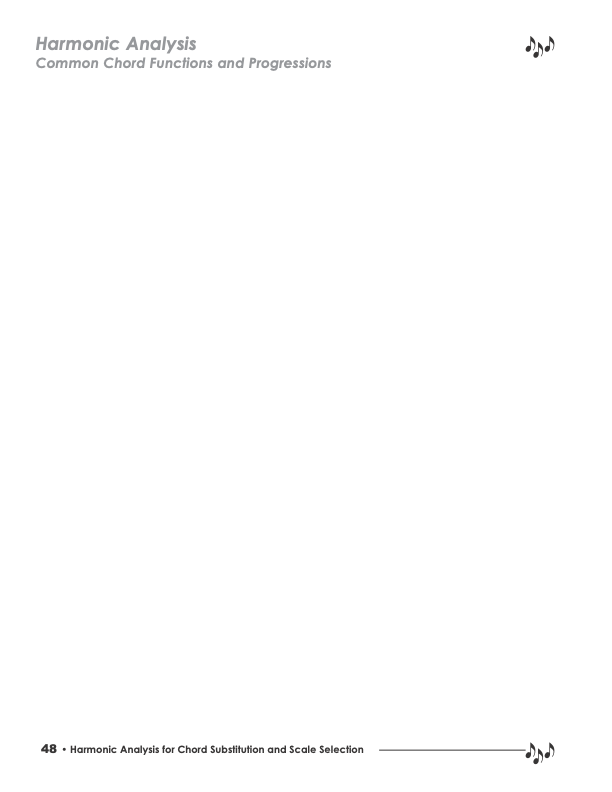




Common harmonic sequences and their analysis with scale choices.
Available for Premium Site Access Plans Only

This series, is the book Harmonic Analysis for Chord Substitution and Scale Selection by Curt sheller broken out into individual lessons with additional examples and content. Always, the latest version of the book.
Common Harmonic Sequences
Here are some common harmonic sequences and their analysis with scale choices. (Scale selection is the topic of the next chapter).
Im ImL7* Im7 Im6
Examples of songs with this harmonic sequence or variations and often called a line cliche are: More, Michelle, Embraceable You, Stairway to Heaven. Can also be used as a substitute for a Im lasting for two measures.
This harmonic sequence is often called a line cliche .
Scale Choices:
- Aeolian (Natural Minor) on the Im
- Harmonic Minor on the ImL7 *
- Aeolian (Natural Minor) on the Im7
- Dorian on the Im6
* min/maj7. L
indicates a Large, major seventh present in the chord. A notational shorthand.
Common harmonic sequences and their analysis with scale choices.
Available for Premium Site Access Plans Only

This series, is the book Harmonic Analysis for Chord Substitution and Scale Selection by Curt sheller broken out into individual lessons with additional examples and content. Always, the latest version of the book.
Common Harmonic Sequences
Here are some common harmonic sequences and their analysis with scale choices. (Scale selection is the topic of the next chapter).
Im ImL7* Im7 Im6
Examples of songs with this harmonic sequence or variations and often called a line cliche are: More, Michelle, Embraceable You, Stairway to Heaven. Can also be used as a substitute for a Im lasting for two measures.
This harmonic sequence is often called a line cliche .
Scale Choices:
- Aeolian (Natural Minor) on the Im
- Harmonic Minor on the ImL7 *
- Aeolian (Natural Minor) on the Im7
- Dorian on the Im6
* min/maj7. L
indicates a Large, major seventh present in the chord. A notational shorthand.
Harmonic Analysis - Common Harmonic Sequences
Im ImL+5 Im6
Examples of songs with this harmonic sequence are: Witchcraft, Secret Agent Man Theme.
This harmonic sequence is often called a line cliche.
Scale Choices:
- Aeolian (Natural Minor) on the Im7
- Harmonic Minor on the Im7+5
- Dorian on the Im6
Picardy Third
A Picardy Third is when a minor II V resolves to a Major I chord, not the expected Minor I chord. Rarely does the reverse happen where a major II V resolves to a Minor I . ( see Internal Modulation chapter )
Scale Choices:
- For the II V use Harmonic Minor of the I chord for a traditional sound
- Locrian of the II for a Contemporary, Modern Sound
- Ionian (Major) or Lydian of the I
Chromatic Sevenths
Examples of songs with this harmonic sequence are: Fever, Hit the Road Jack, Stray Cat Strut, Walk Don't Run (I, ♭VII, ♭VI, V), Tequila (I7 ♭VII7), Killer Joe (I7 ♭VII7).
Scale Choices:
- Ionian (Major) on the I
- Mixolydian +4 on the ♭VII7 and ♭VI7 chords
- Mixolydian on the V
Confirmation Sequence
The Confirmation Sequence gets its name from the great jazz saxophonist Charlie Parker’s song Confirmation. This sequence typically begins on the I chord of the key and works it way to the IV chord of the key using a series of II V 's. The IV chord would be a major chord type (major or seventh).
Here is an example from the song Bluesette By Toots Thielemans
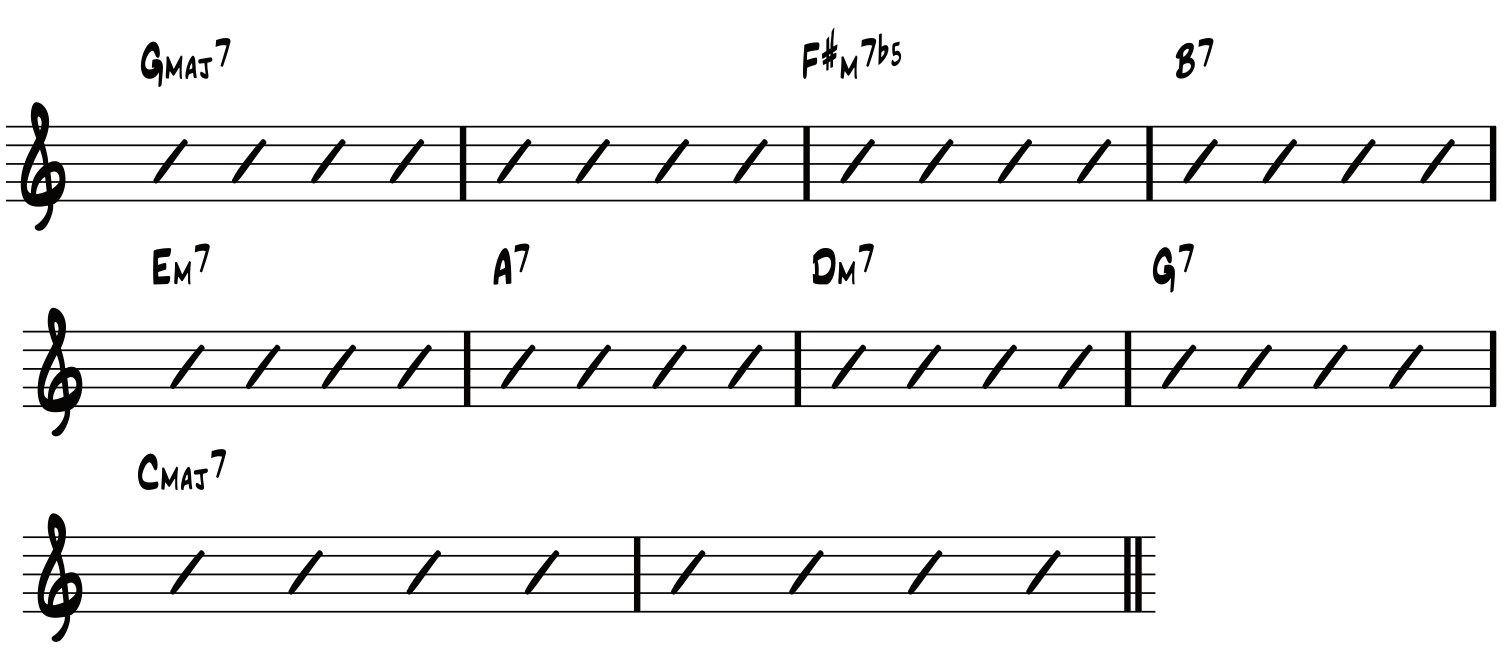
Confirmation Sequence
This song could be initially labeled as:
*Secondary Dominant chords resolving to their I chords.
This sequence is better labeled as a series of II V Secondary Dominants resolving to their I chords, which serve as double function chords, both a I of the V and a II of the next cycle:
Scale Choices:
Refer to the Scale Selections lesson for scale choices/solutions.
Related Lessons, Videos, Lesson Series, Songs, Books & Reference Charts, Resources & Assets, Workshops are below.
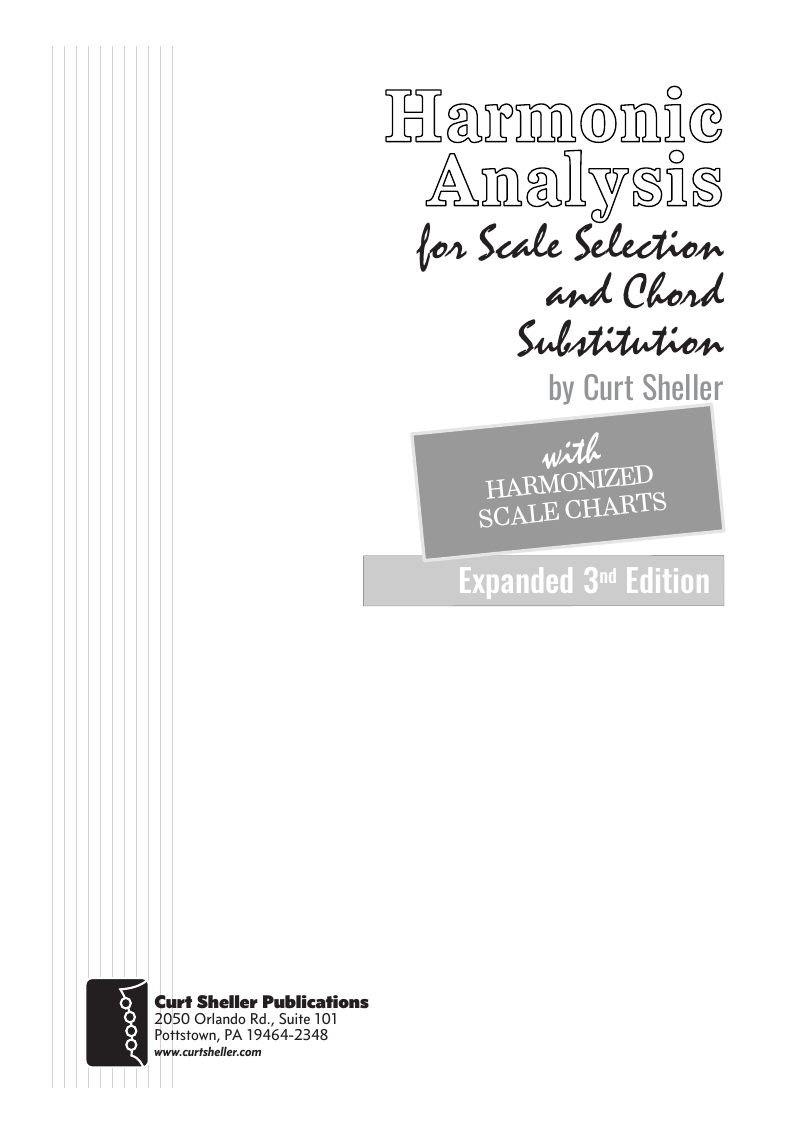
Harmonic Analysis ( HA ) is the process used to determine the harmonic function of chords within a chord progression. A chord progression is defined as a sequence of chords, each chord has a root and has a particular chord type. The relationship of a chord's root to a scale determines its function within that scale's tonality. Once a chord's function is identified, scale selections along with chord and scale substitutions can be made. This process is called Root Movement Analysis ( RMA ). This series of lessons are extracted from my book for use with individual private and on-line students. Each lesson directly corresponds the chapters in my book Harmonic Analysis for Scale Selection and Chord Substitution by Curt Sheller (me).
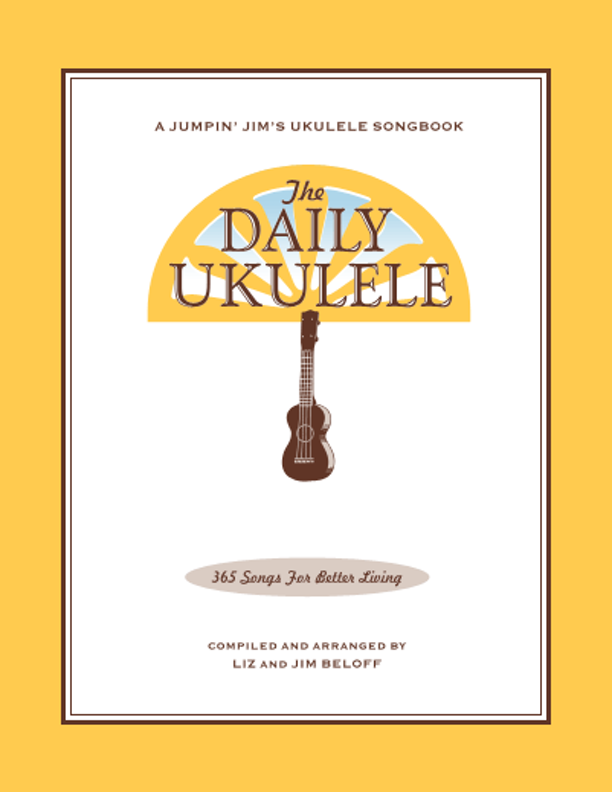
Jim Beloff has put together a great book, The Daily Ukulele, 365 Songs for Better Living. This book know as the "Yellow Book" is great for ukulele jam sessions. Here are some of the changes that I've made to the Daily Uke book affectionately know as the Yellow Book. This book is one of the go to books for ukulele jams. However, there a few tweaks and changes that I point out at our jams. I'll use this song / lesson to document them for your own jams and ukulele groups.

Harmonic Analysis is the understanding of the functional sequence of chords. It is the process used to analyze the harmonic structure of a progression, song or composition. This analysis is then used to make scale selections for improvisation and chord substitution.


return in your investment)—it is this— learning the
f*ckingnotes of your OWN instrument. Sorry for the tough talks—but it is sooooo true!


Learn to read single note melodies in the first/open position is a lot easier than you might think. Book: Ukulele – Reading Music Series – Primer

An organized collection of daily practice and reference material for the contemporary ukulele player for developing the vocabulary and knowledge necessary for single note playing. Book: Daily Practice Material for the Contemporary Ukulele
Checkout the Books & Reference Charts for additional Handy, Dandy Reference Charts.

Ukulele Fingerboard Chart for C Tuning, Low or High G – G C E A

Ukulele Fingerboard Chart for G Tuning, Low or High A – D G B E

A handy reference chart of all 15 major and relative minor key signatures. US Letter 8.5 x 11 sized (ANSI-A) , A4



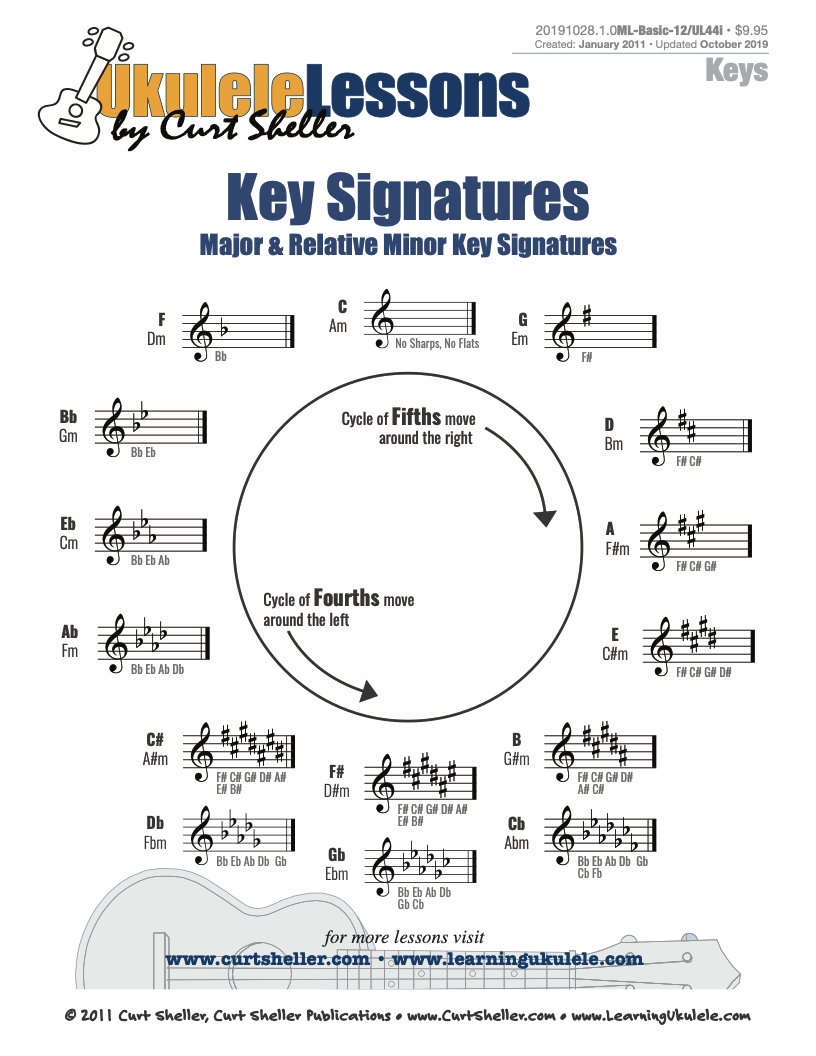
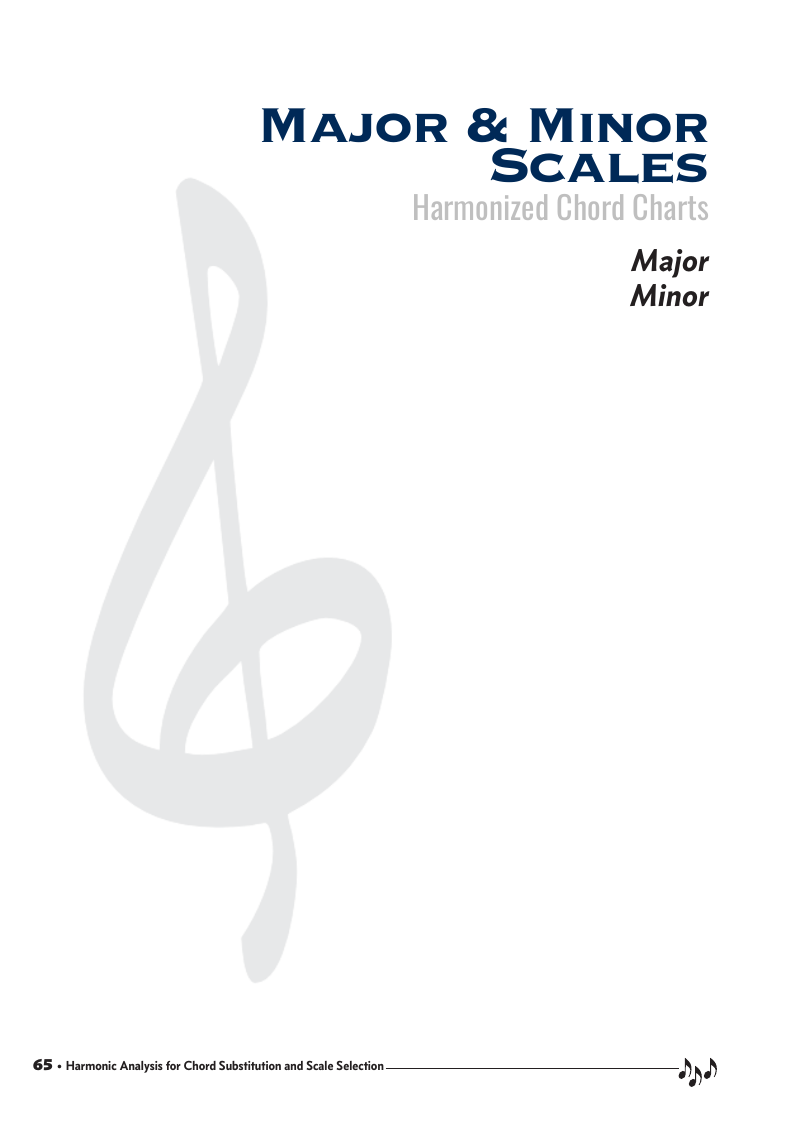
.jpg)